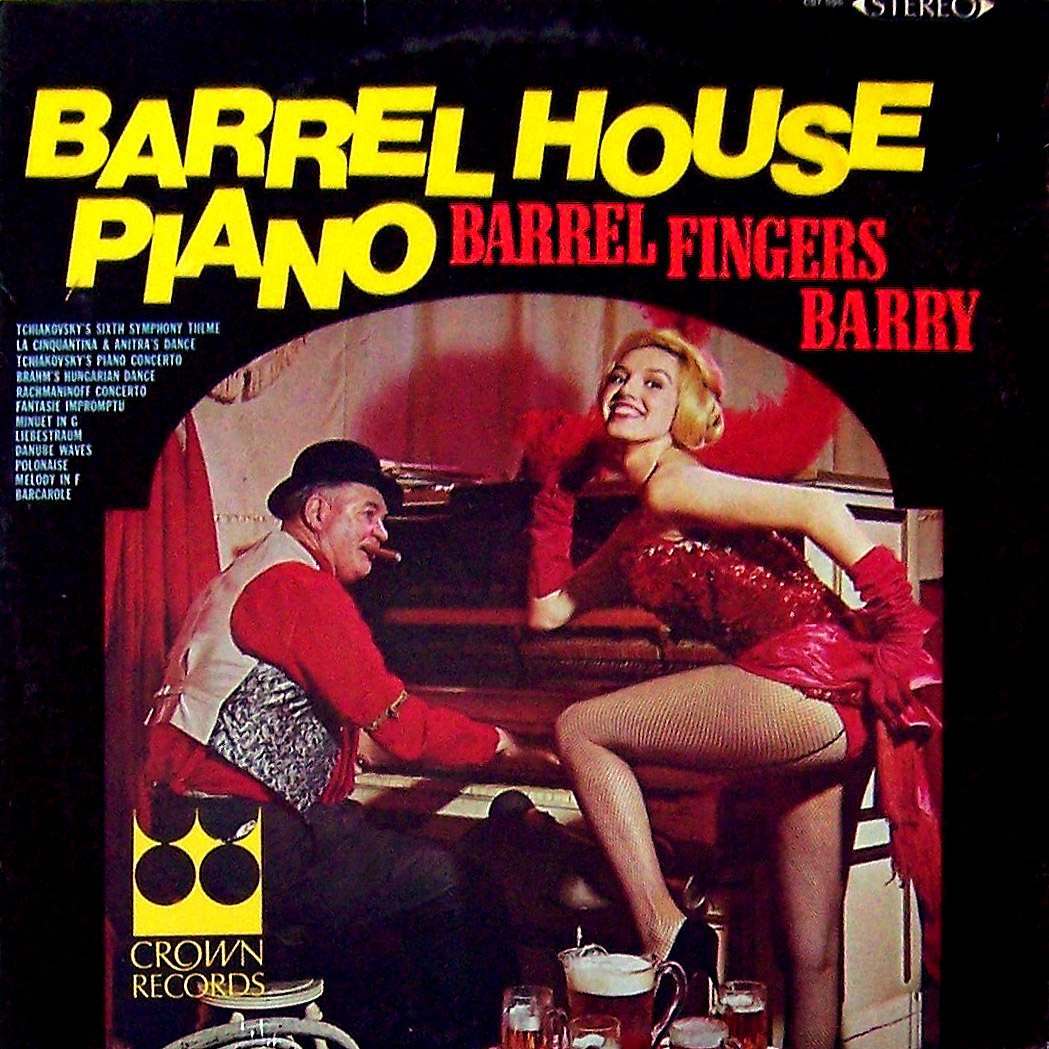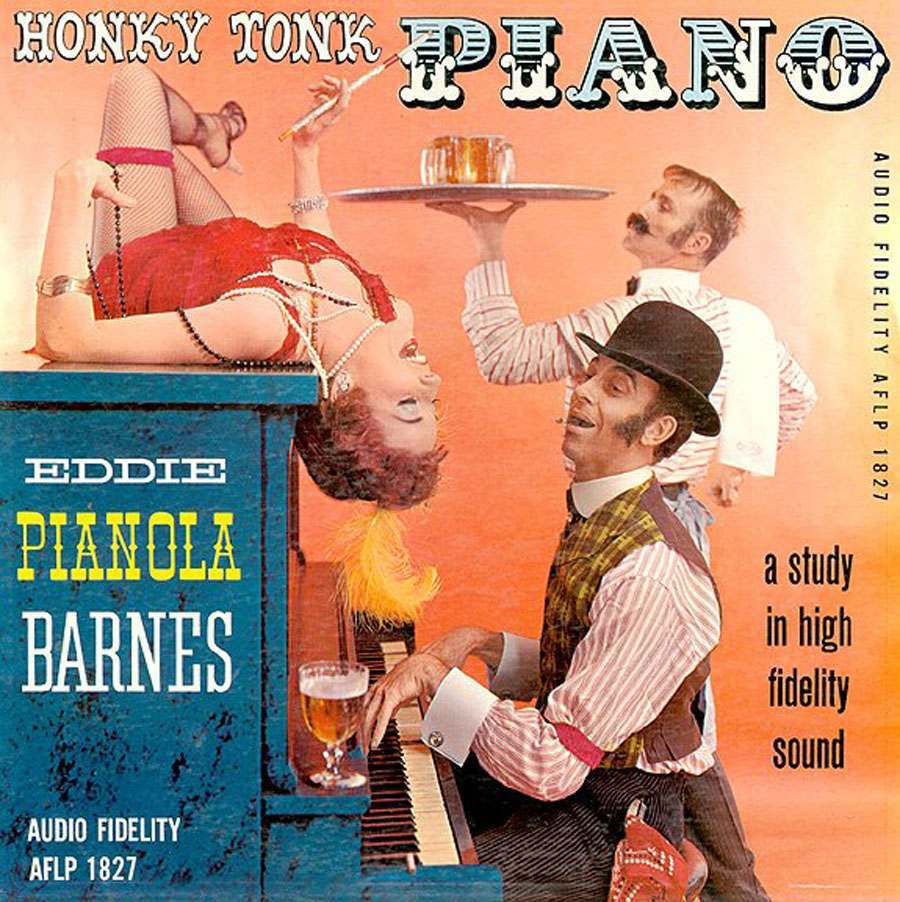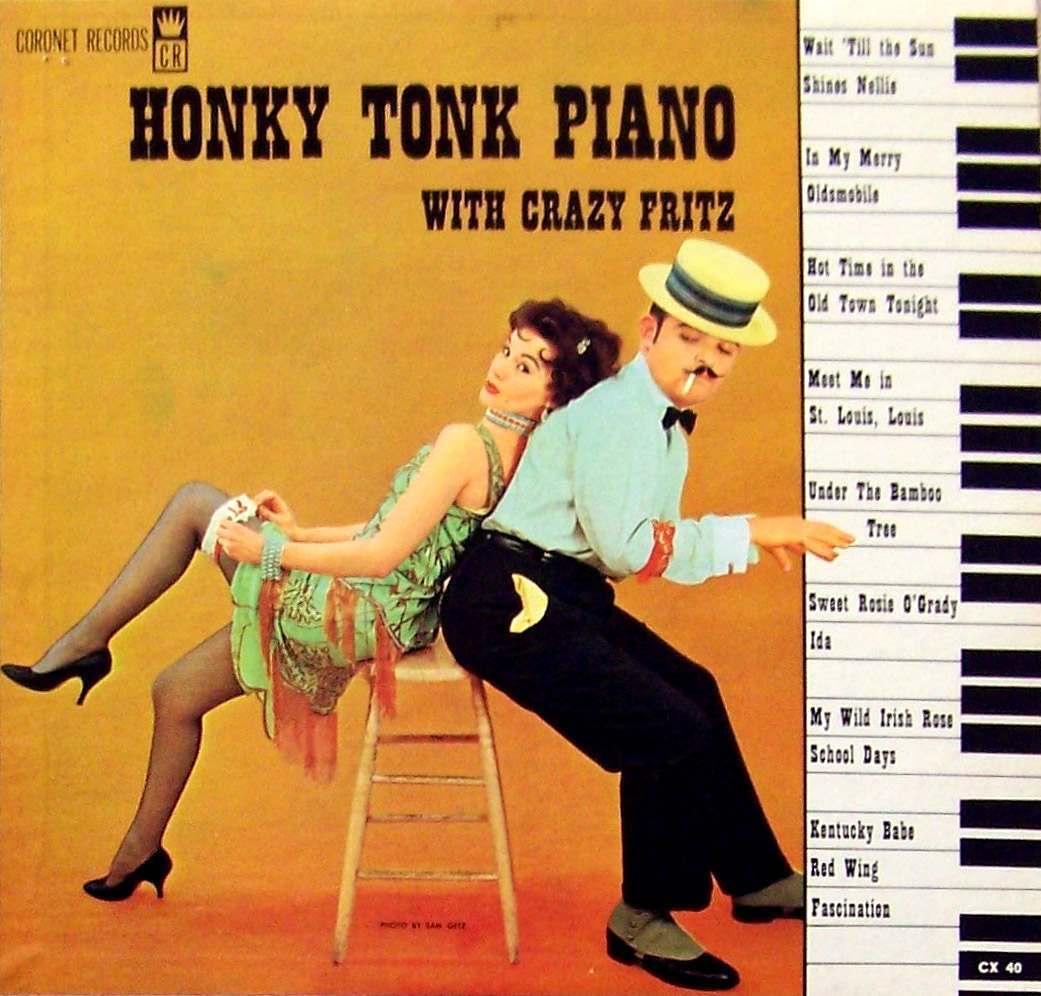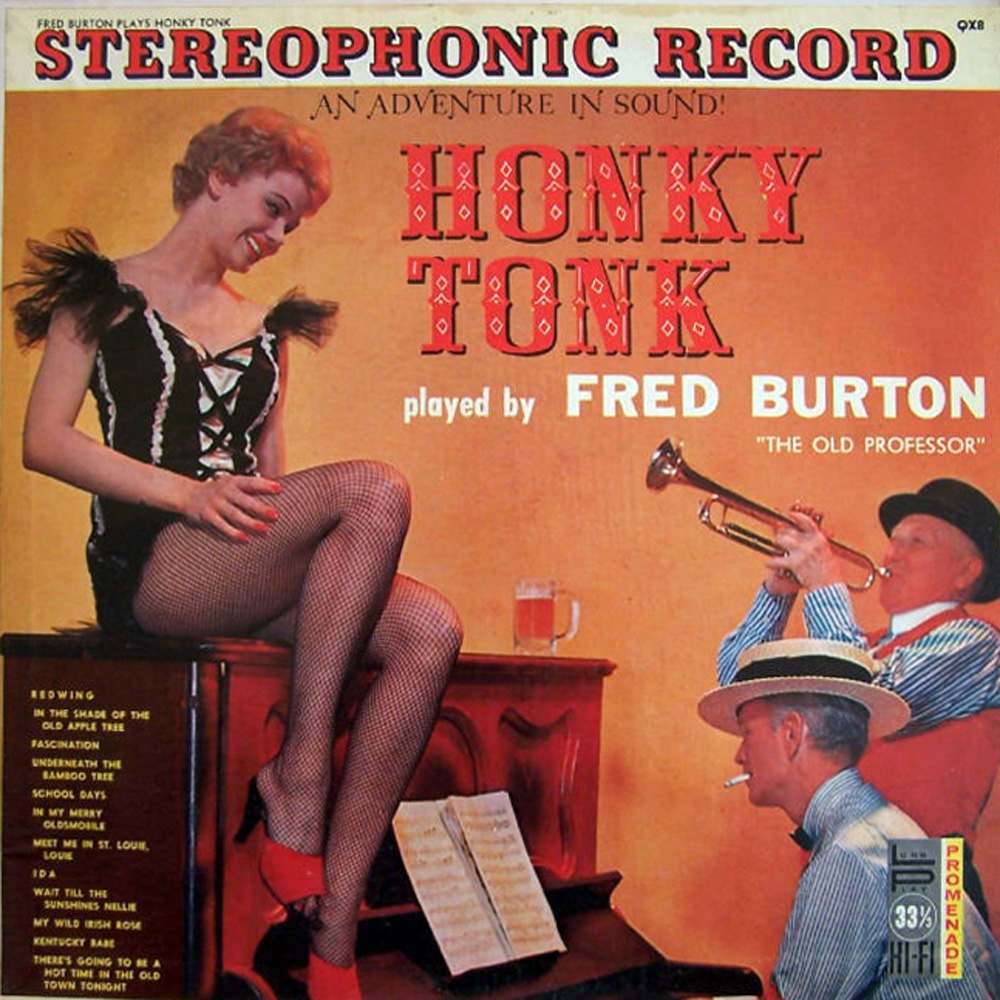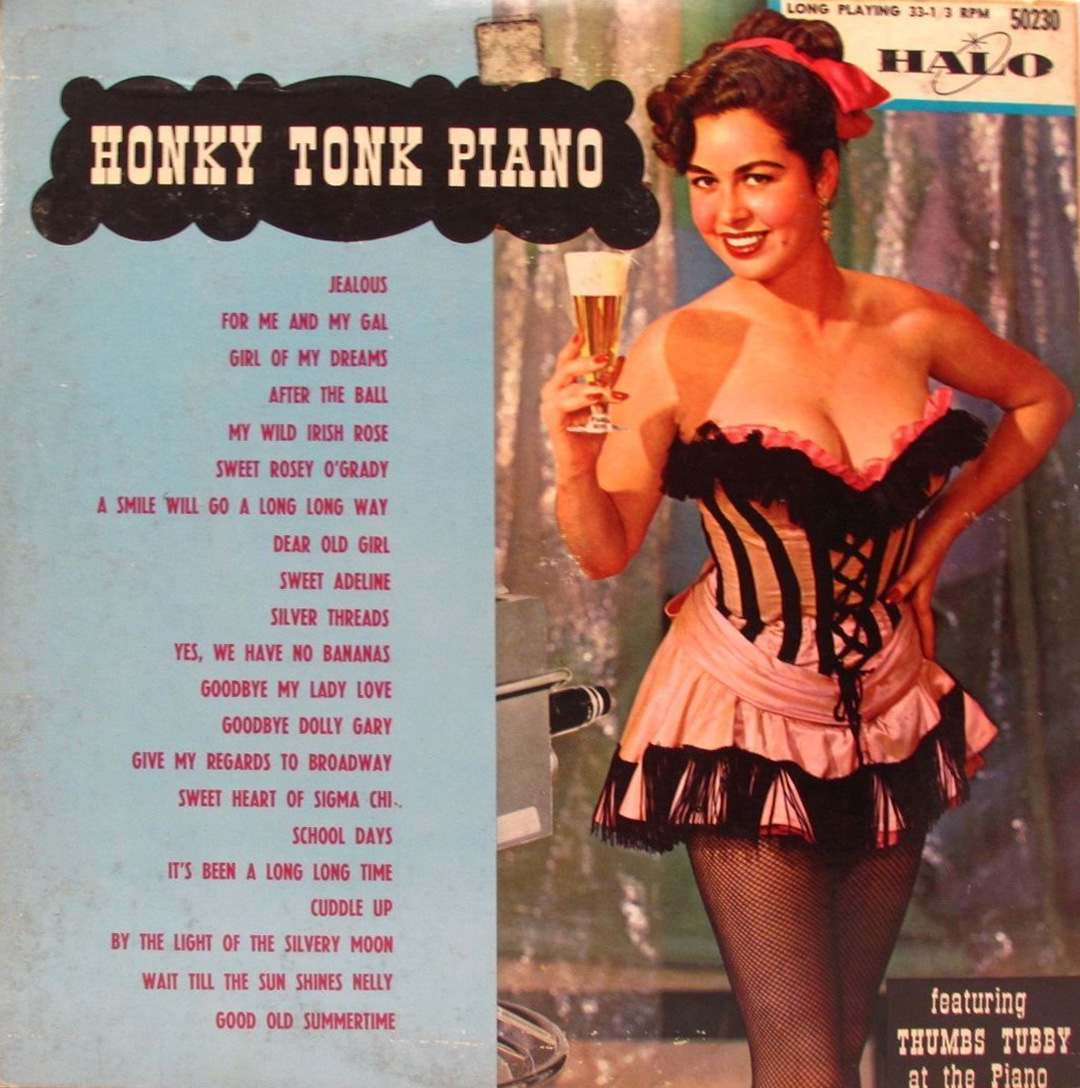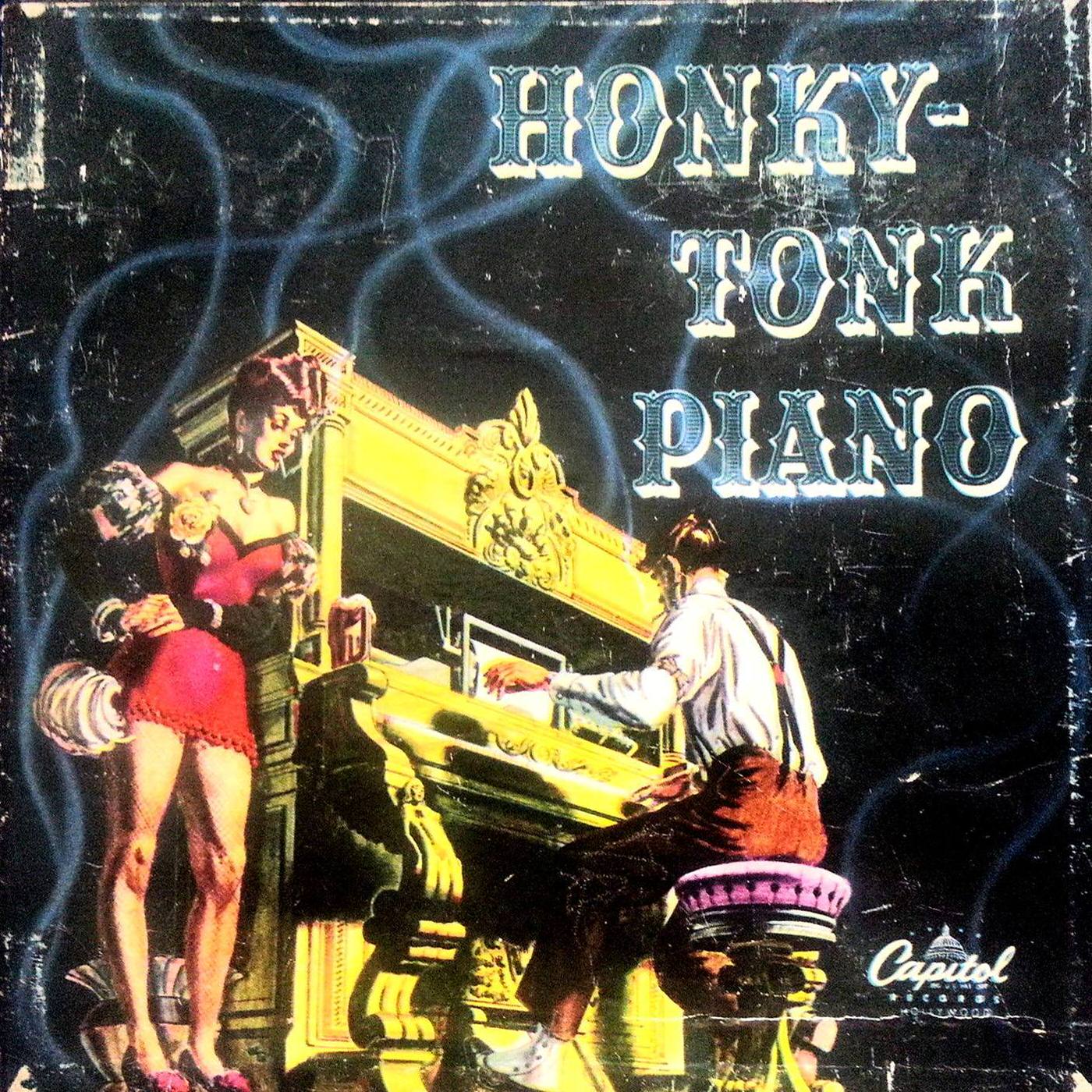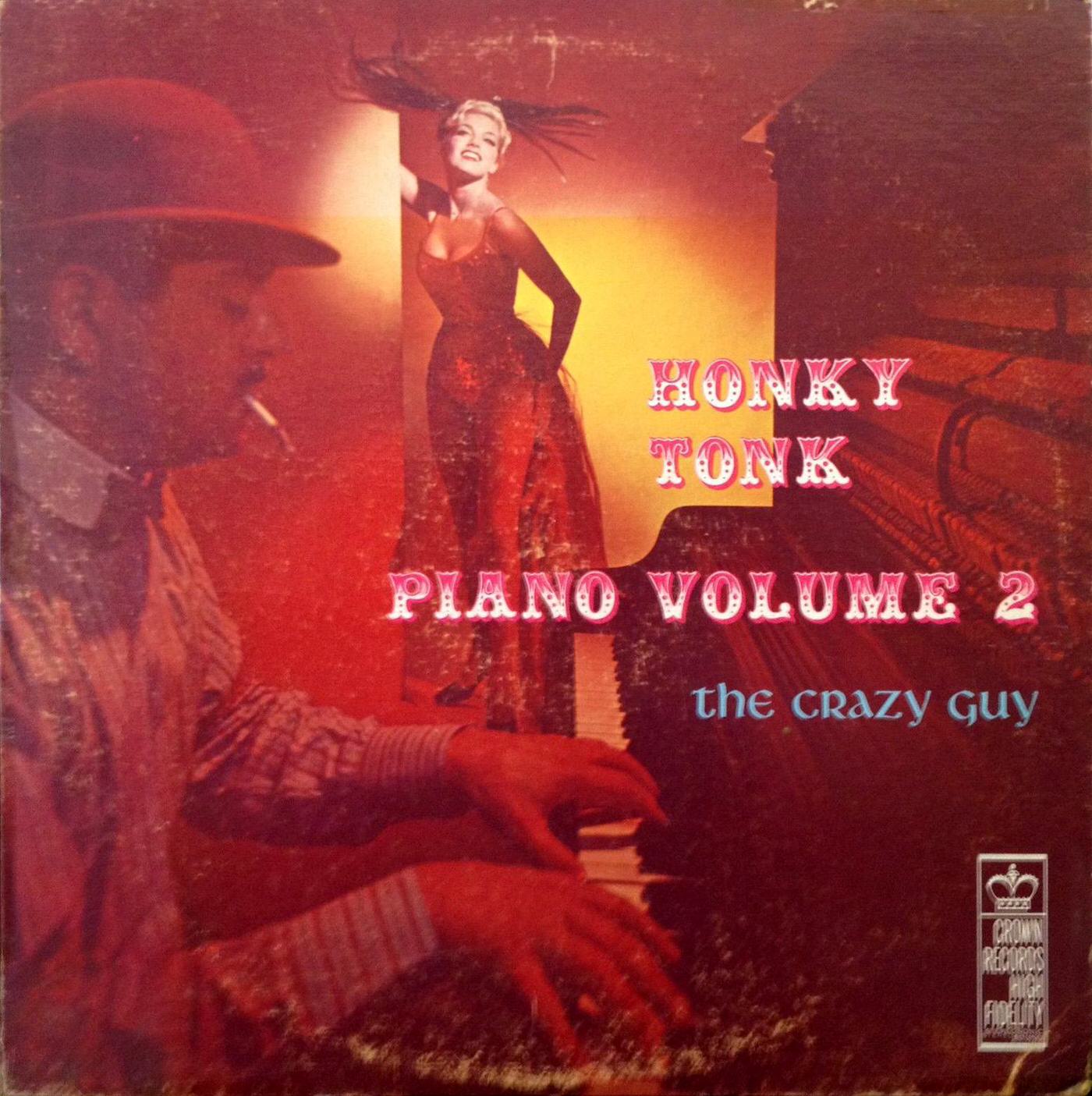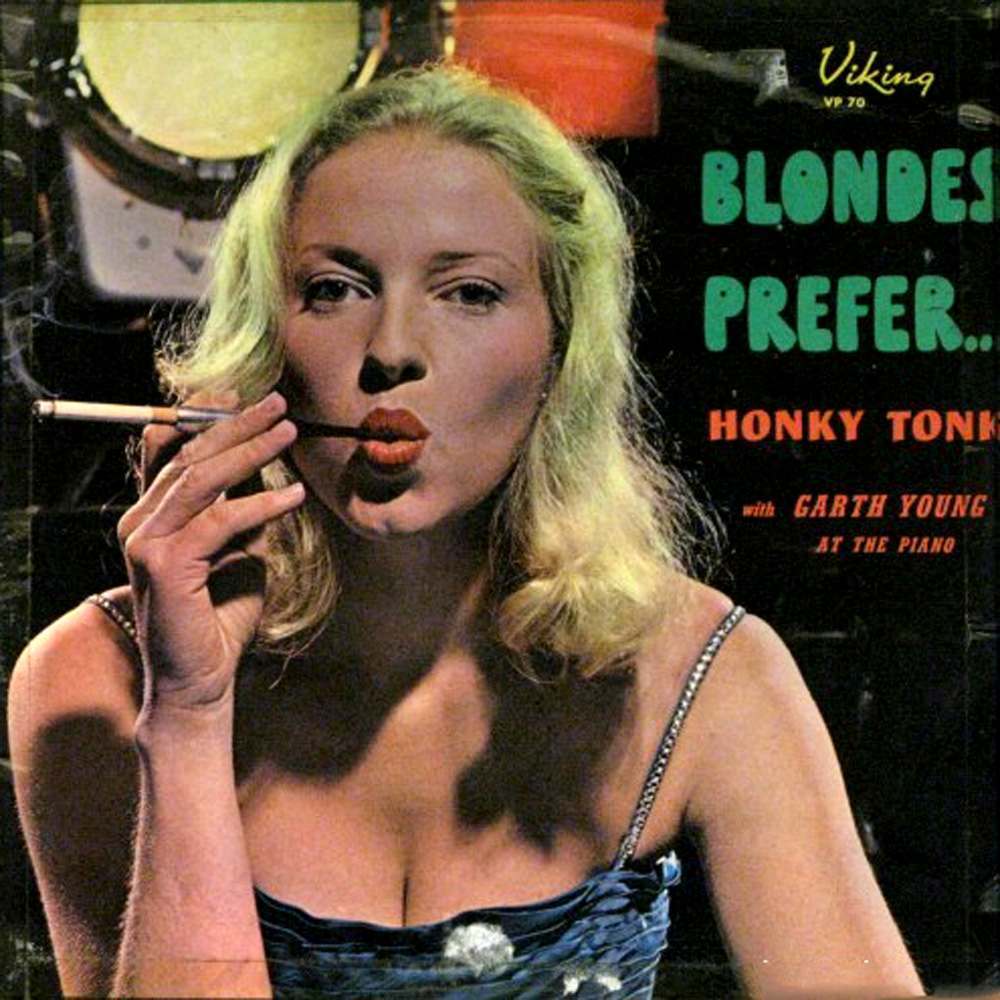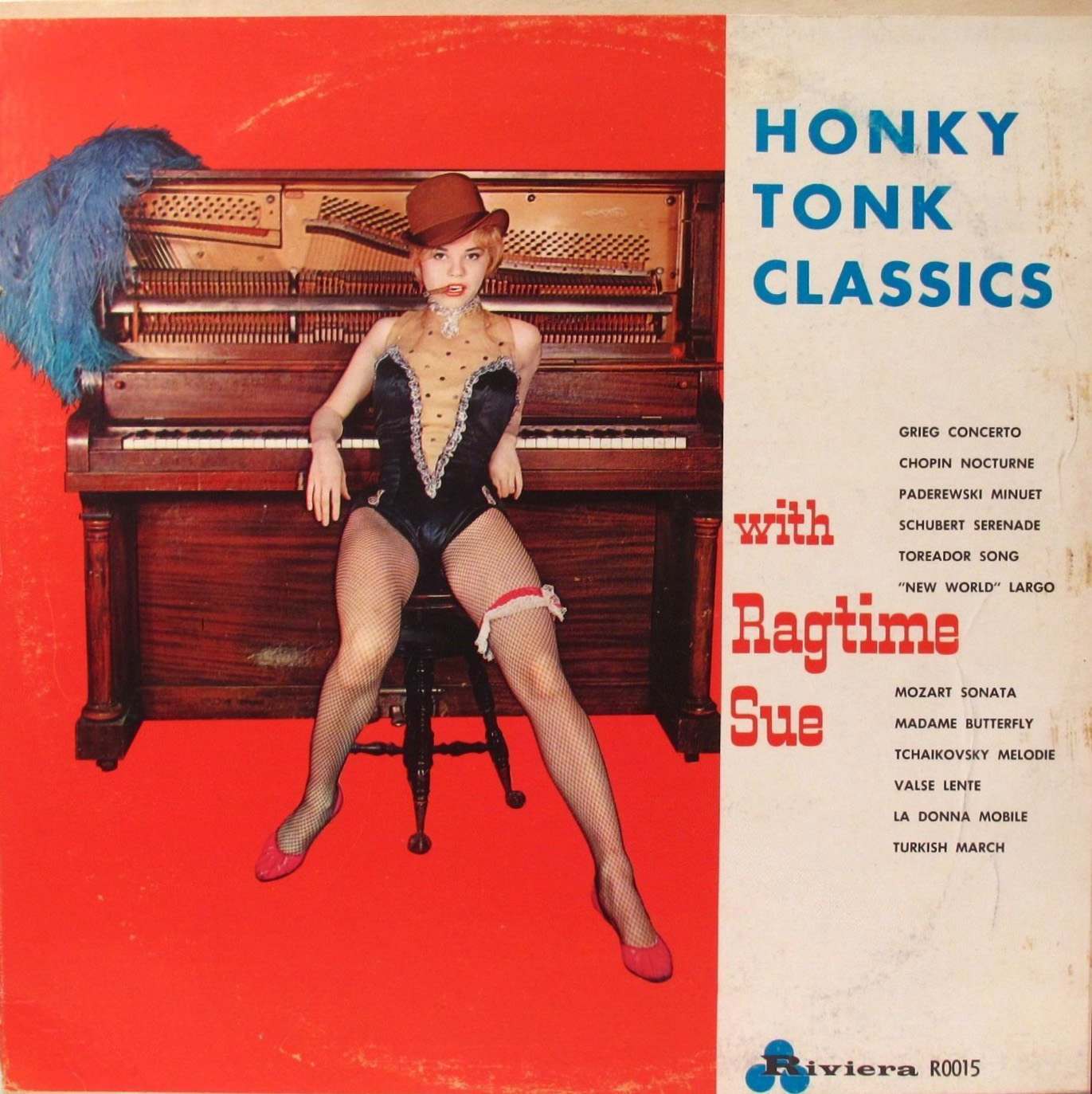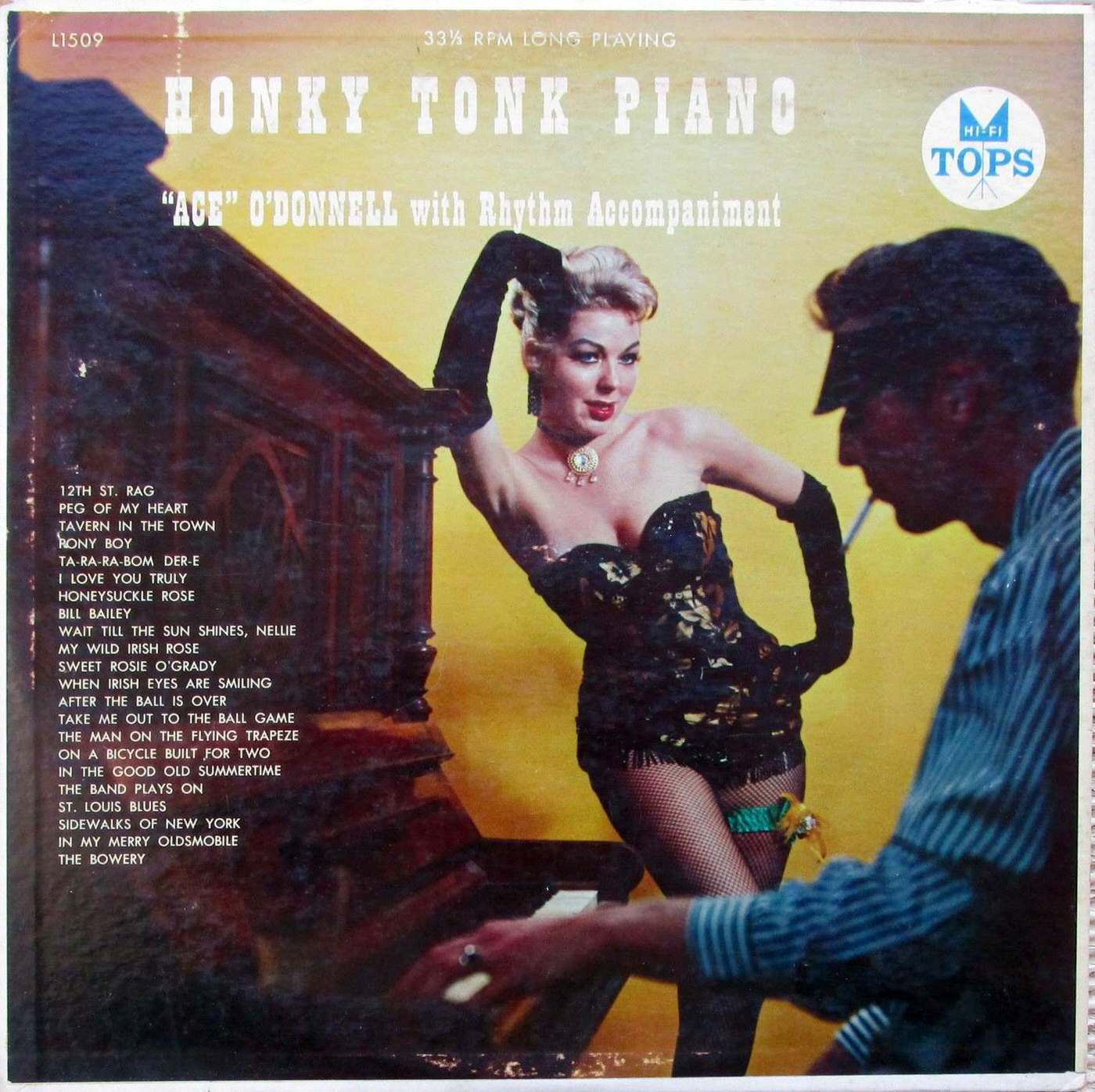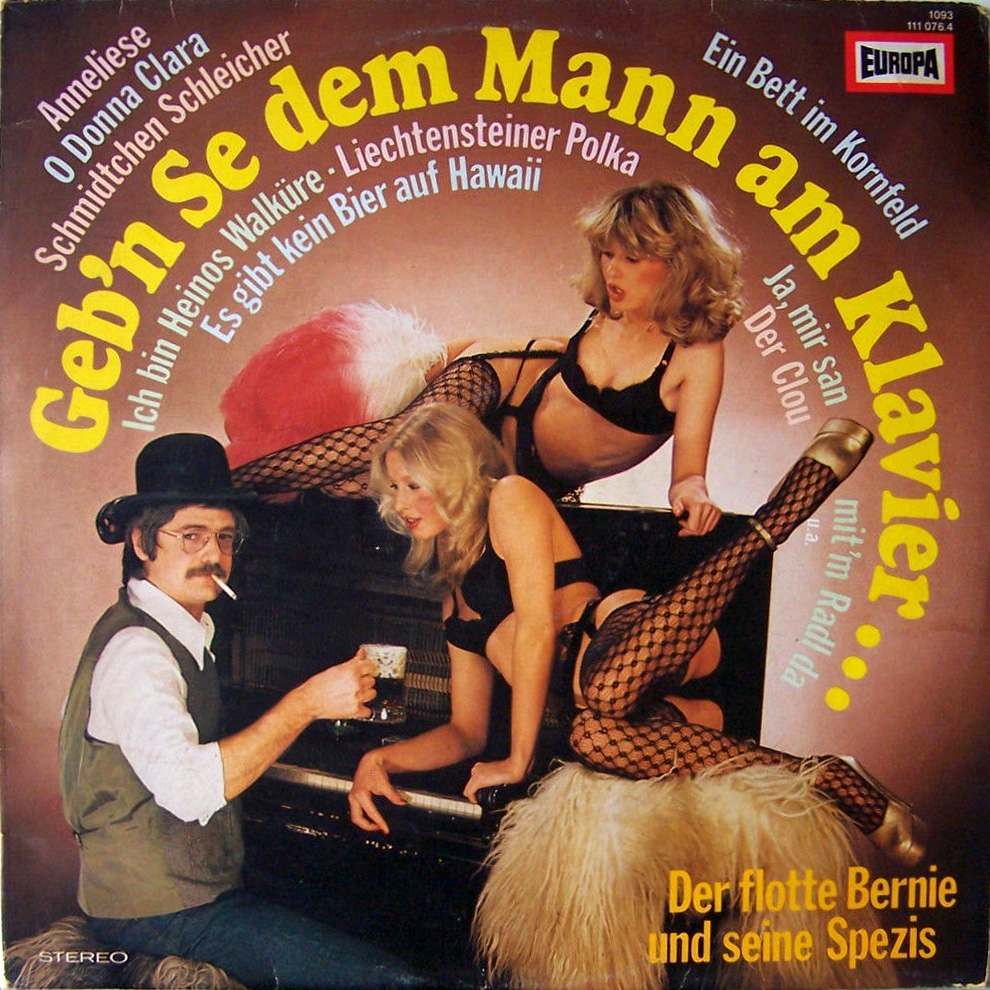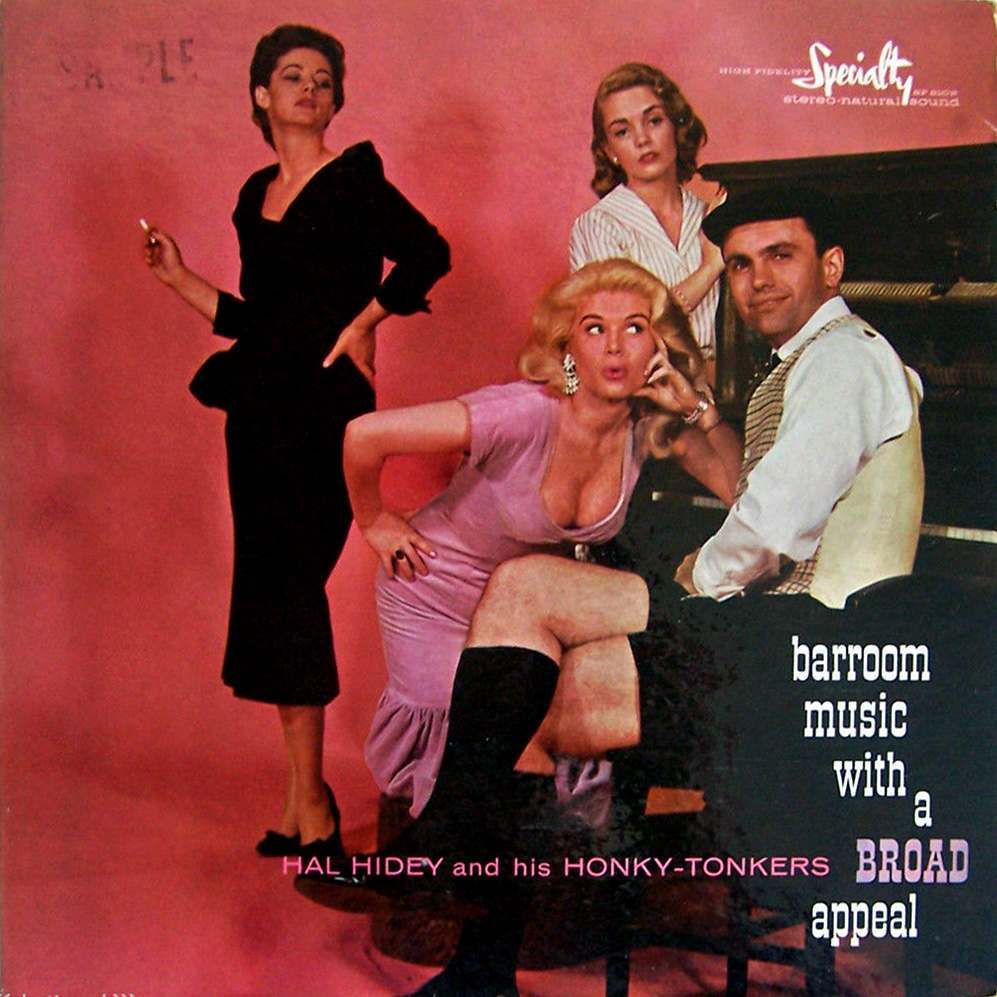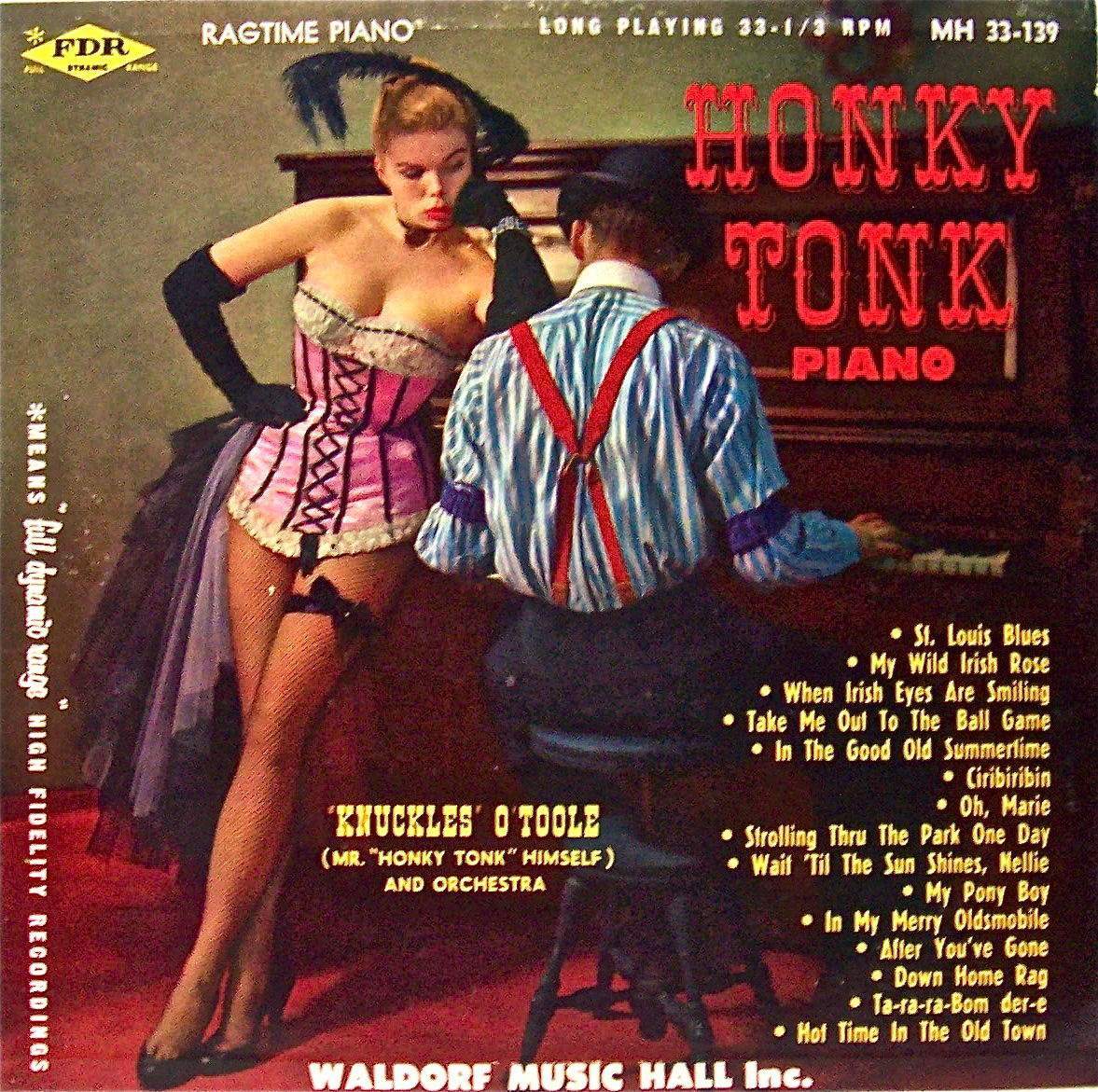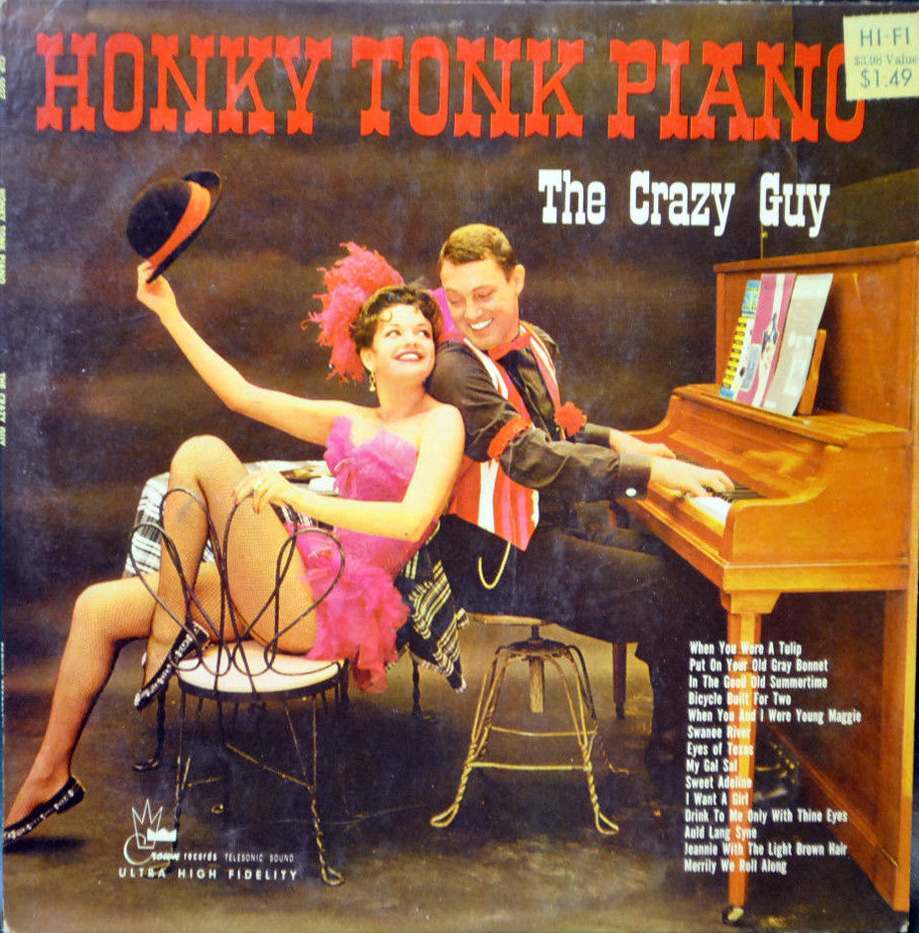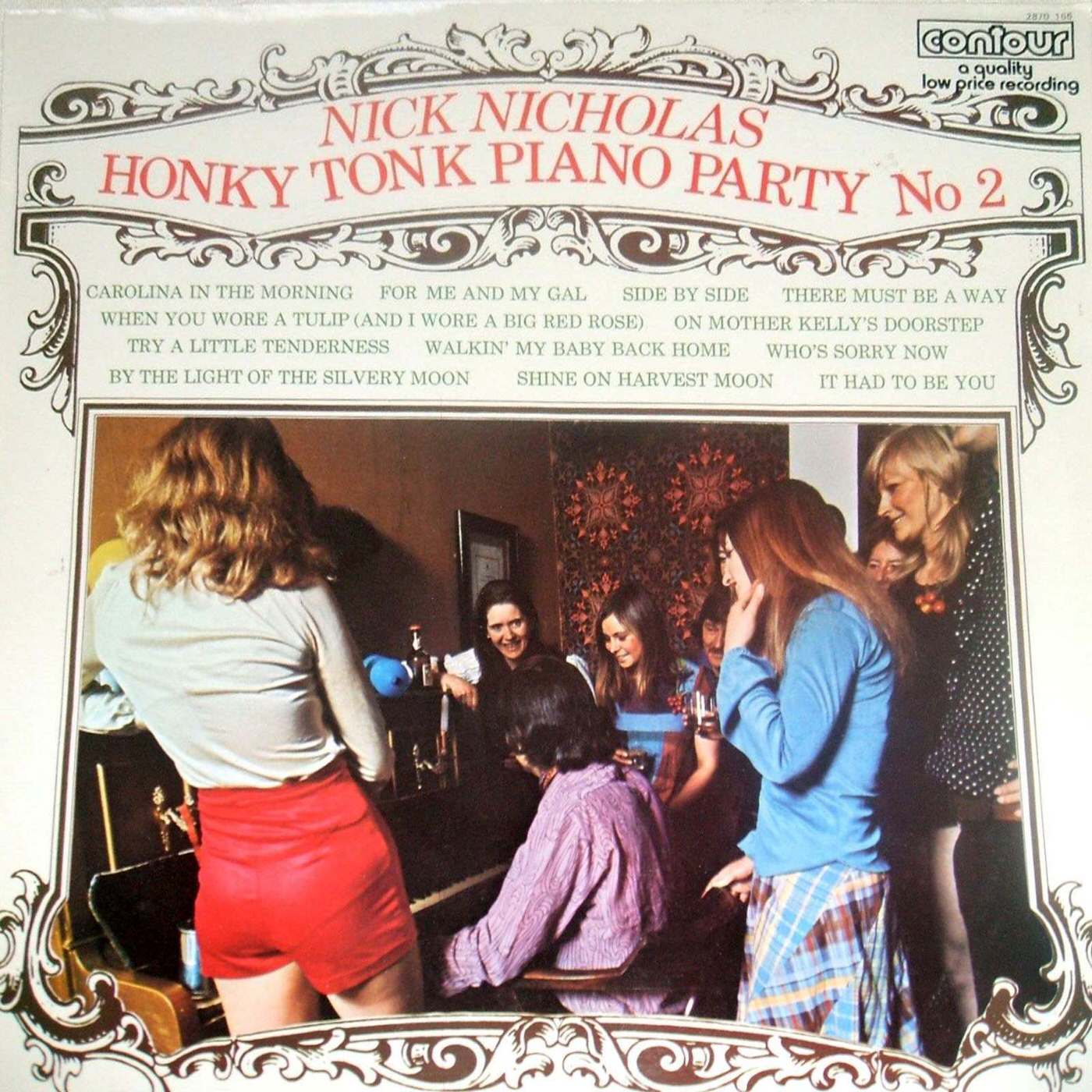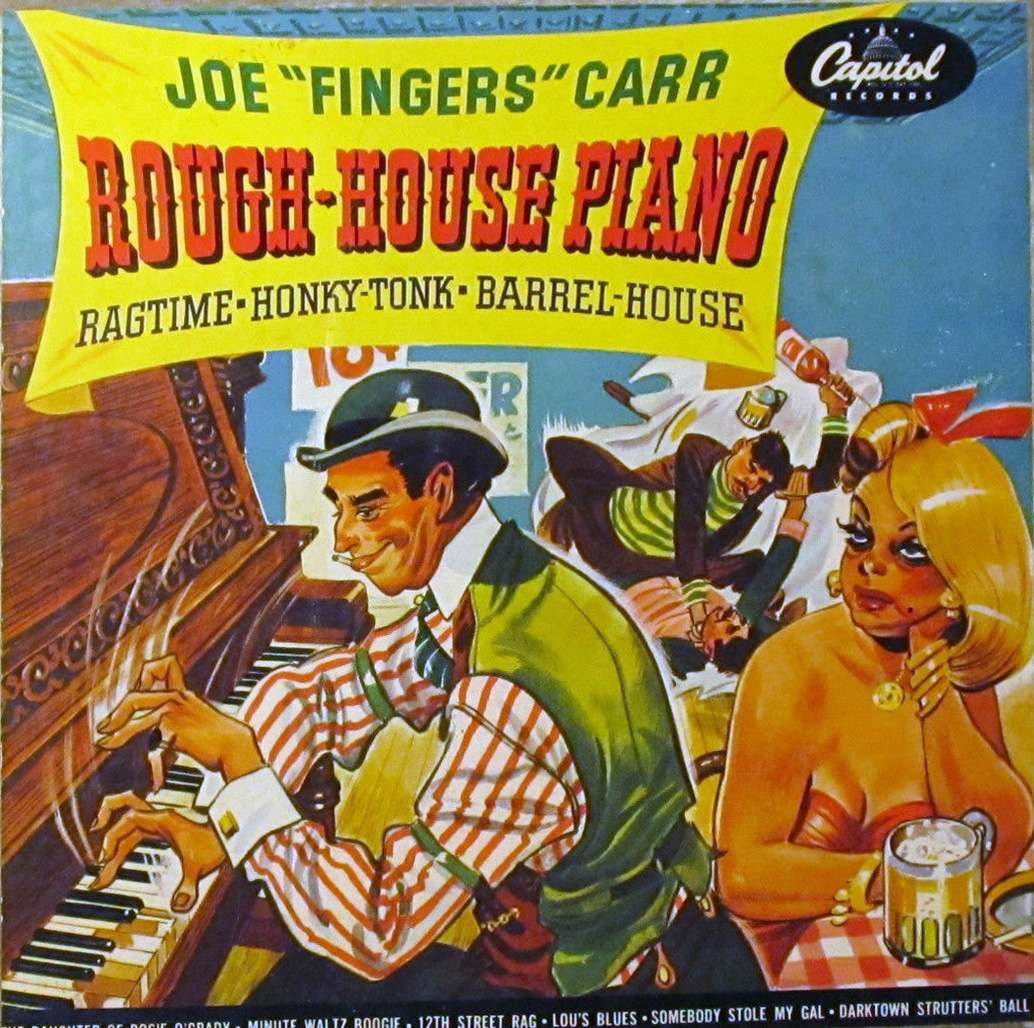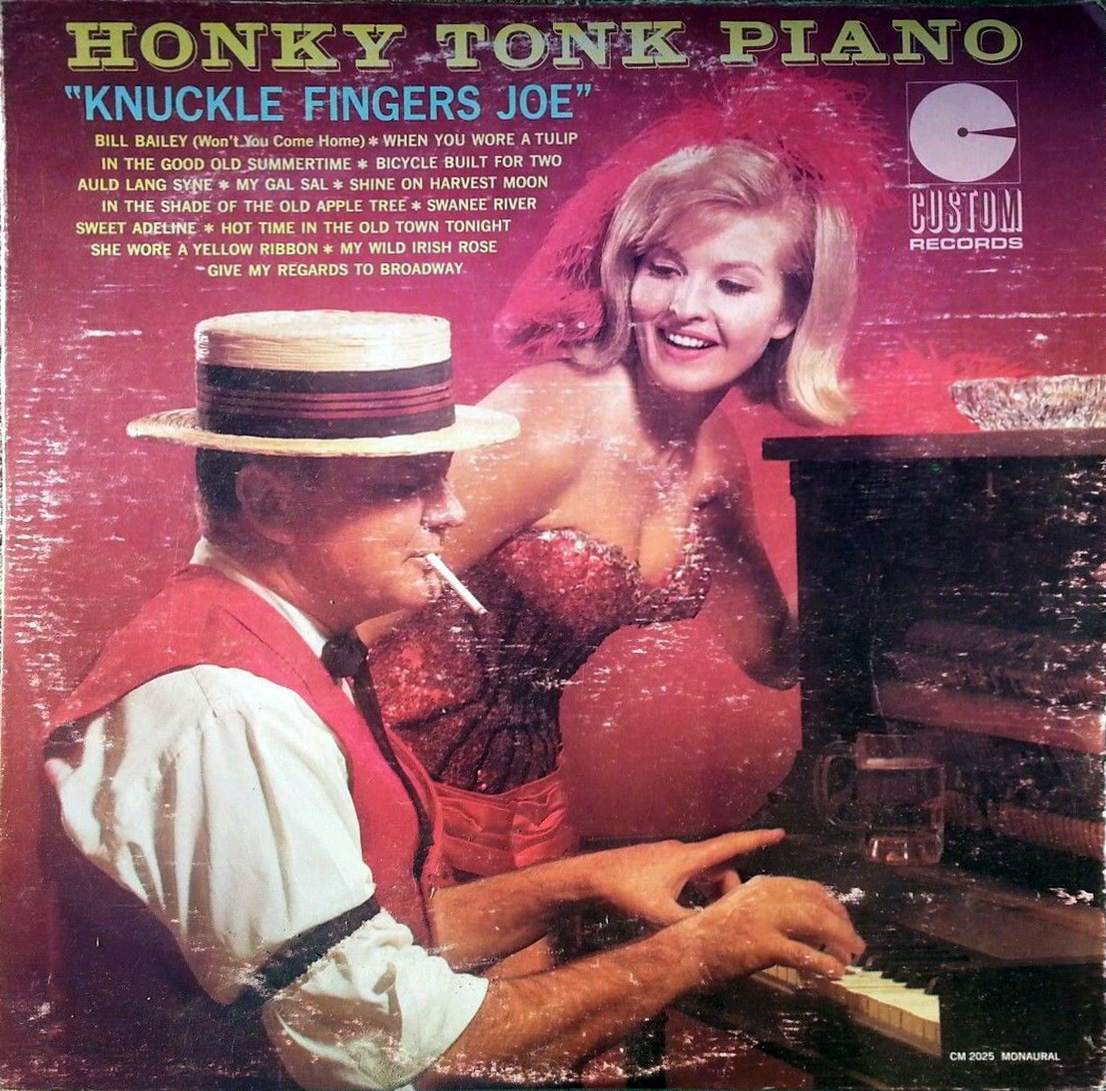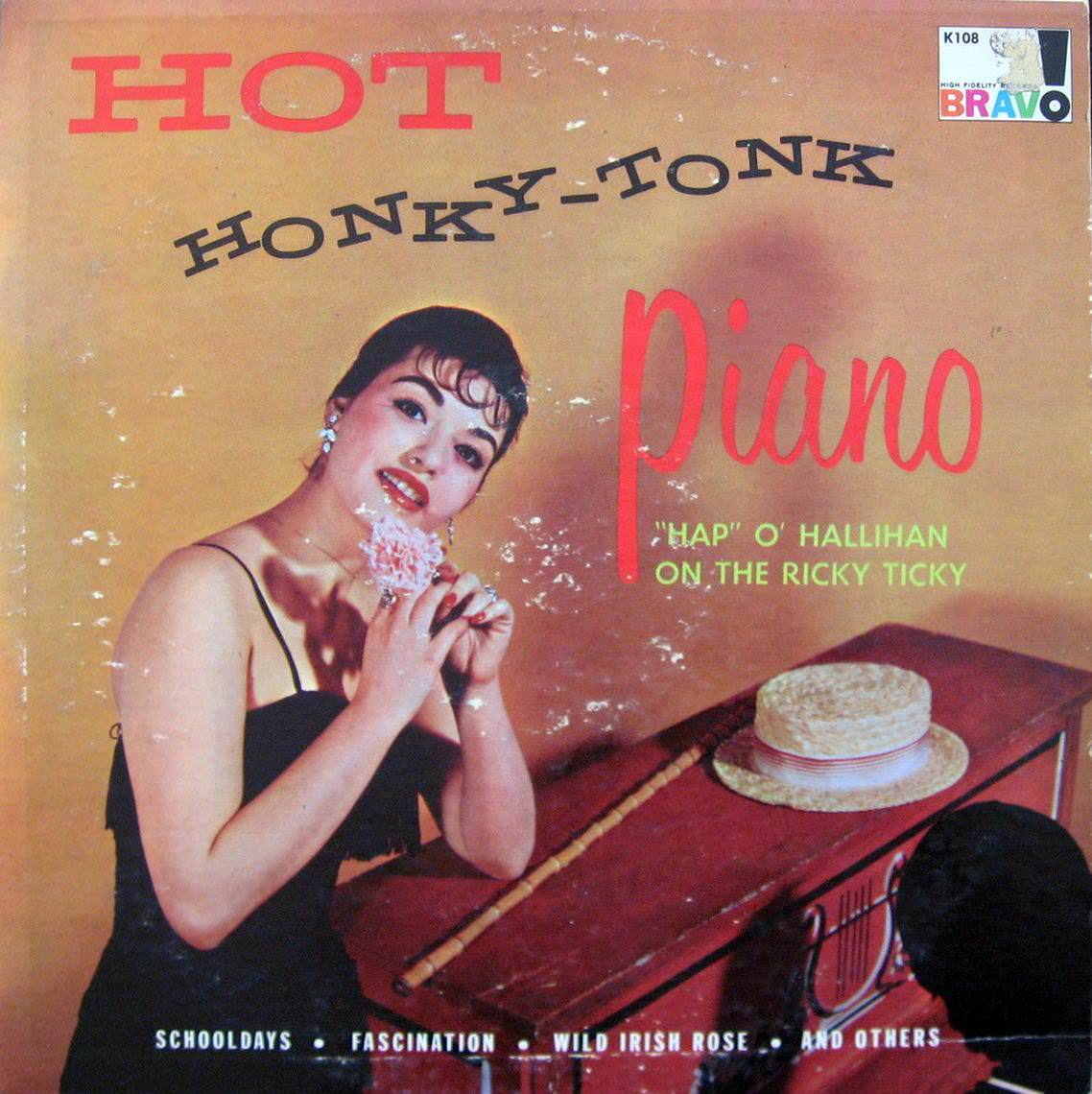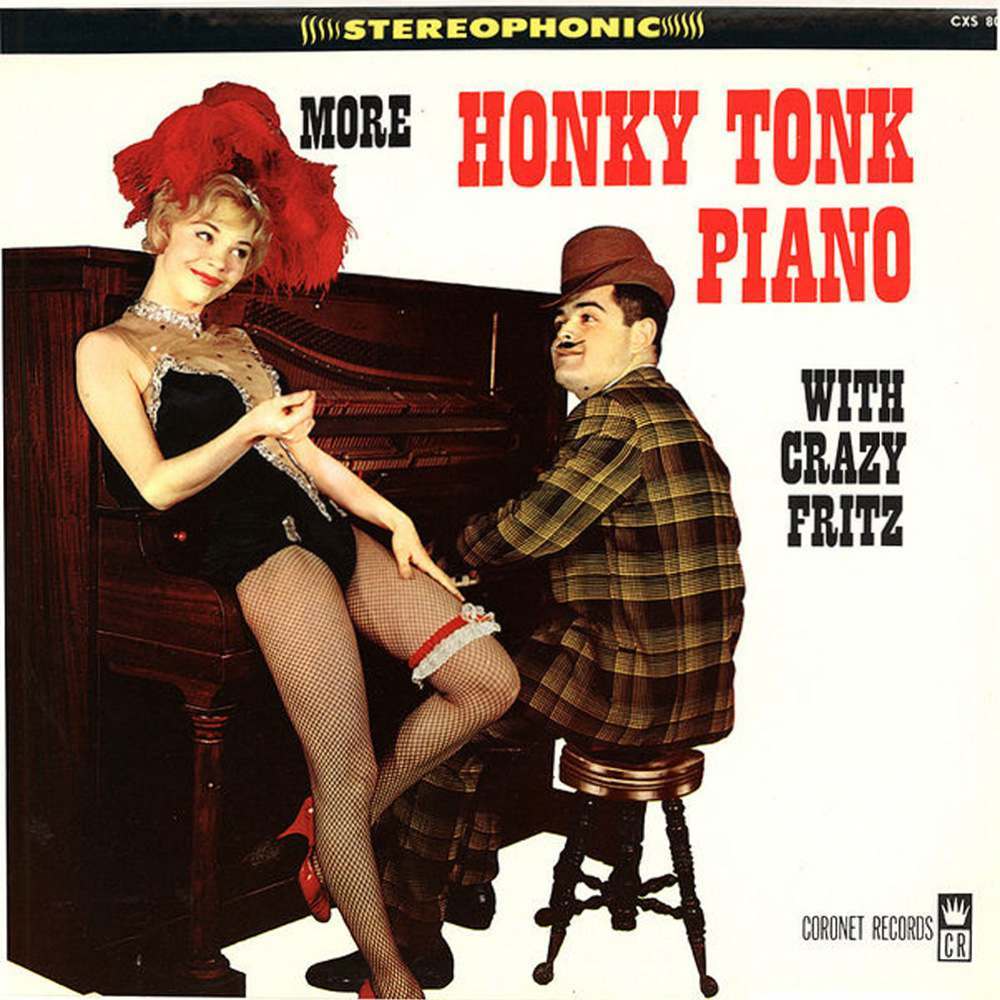Honky-tonk piano records in the mid-20th century took ragtime and dressed it up in wild, flashy packaging. The music itself was fast, bouncy, and full of life—simple piano tunes meant to capture the feel of old saloons and barrelhouses. But what really set these records apart was their cover art. The covers didn’t just hint at fun; they blasted it in full color, complete with saloon girls, garters, and feather boas.
Most honky-tonk piano albums were filled with familiar tunes. Songs like “Maple Leaf Rag” and “The Entertainer” popped up constantly. But the music wasn’t the main selling point. Record buyers were pulled in by the bright, bold covers that promised something a little naughty and a lot of fun. Every album seemed to have its own version of the same scene: a guy at the piano, often with a slick hairstyle and a flashy suit, surrounded by women in revealing saloon outfits.
The women on these covers weren’t shy. They lounged across pianos, leaned in close to the pianist, and smiled directly at the camera. Their poses suggested that honky-tonk piano was the hottest ticket in town. Some covers even made it look like the piano was the center of a wild party, complete with flowing drinks and plenty of skin. This over-the-top style was all about grabbing attention in record store bins.
The pianists themselves added to the spectacle. Many went by playful stage names like “Knuckles O’Toole” or “Big Tiny Little.” Their photos often showed them mid-performance, fingers flying over the keys, grinning as if they were in on the joke. These names and photos made the records feel larger than life, adding to the sense of fun and mischief that ran through the whole genre.
The back covers usually kept up the playful vibe. Descriptions promised hours of toe-tapping fun, and some even told little stories about the pianist’s wild adventures. It was clear that these records were meant to be lighthearted and entertaining from start to finish.


